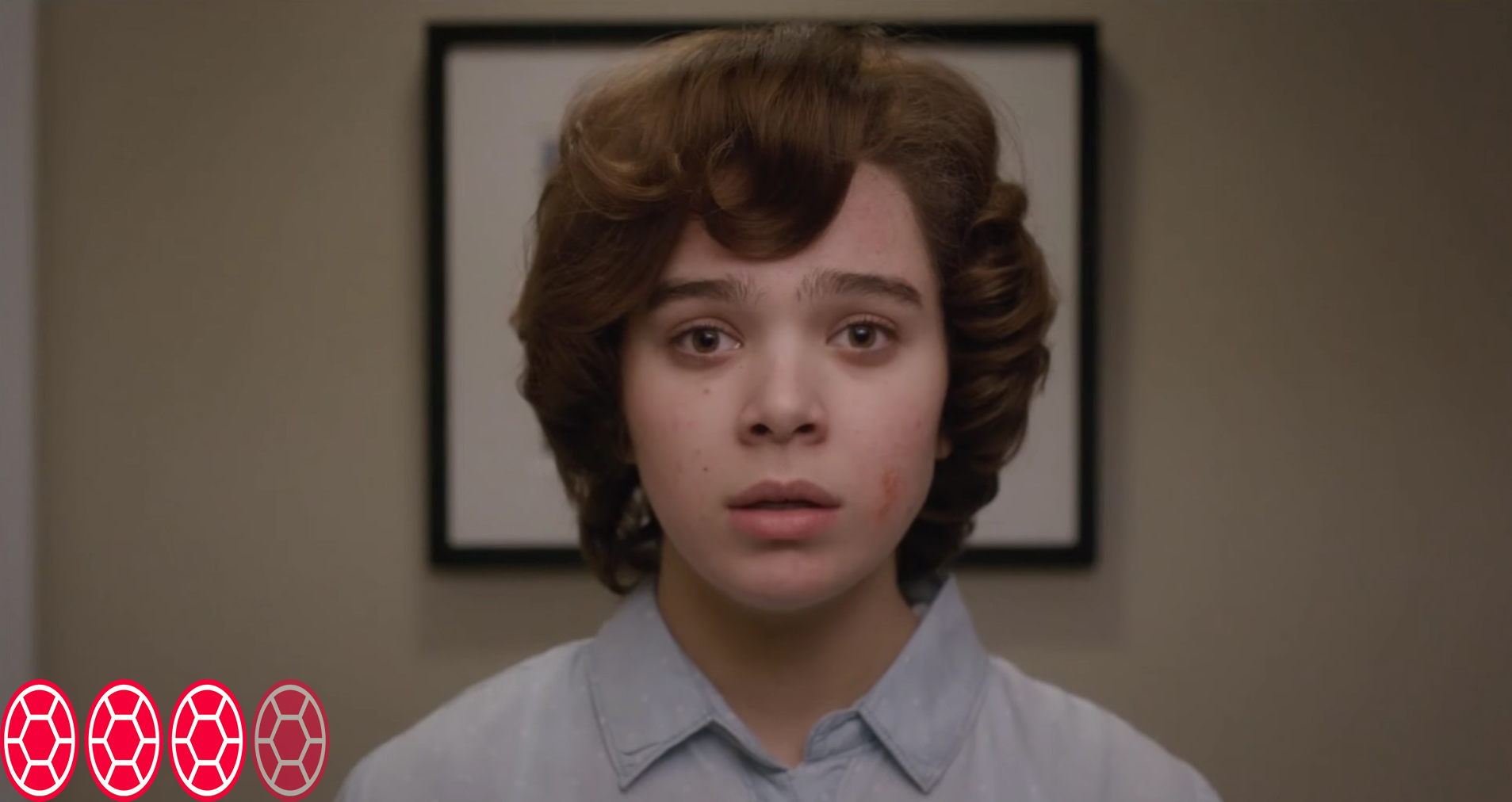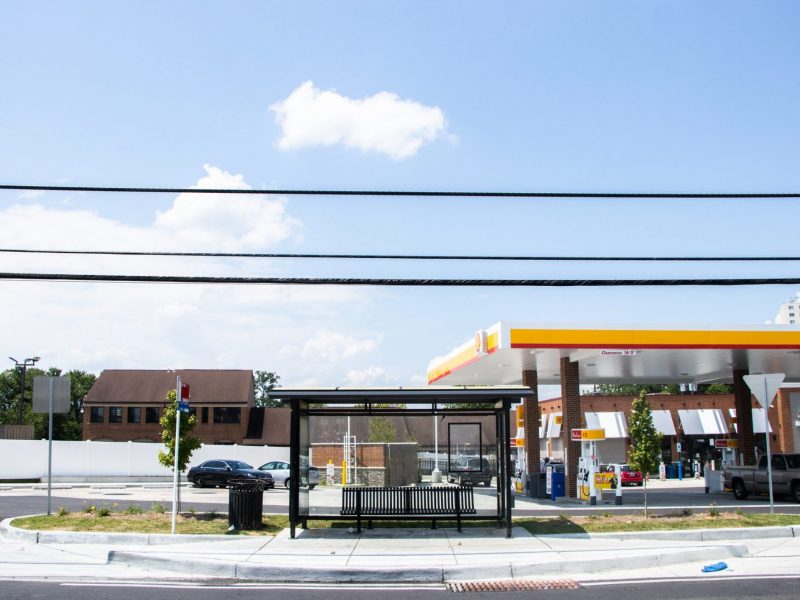When I watched trailers for The Edge of Seventeen, my immediate reaction was dismissal. The story seemed boringly familiar, whether it was Hailee Steinfeld’s sarcastic quips as the “moody but lovable lead” or Woody Harrelson’s deadpan humor as the “snarky yet wise elder.” Everything about it screamed “trying too hard,” right down to the indie cover of The Beatles’ “Help!” playing in the background. So when bumping along on the Metro Green Line into Washington for the screening, I didn’t keep my hopes too high. But as the lights came up after the film was over, I realized you can’t judge a movie by its trailer.
While definitely exceeding my expectations, the plot of the film remains simple enough. Written and directed by Kelly Fremon Craig, The Edge of Seventeen focuses on the everyday life of Nadine (Steinfeld), as she struggles to cope with her best friend Krista (Haley Lu Richardson) dating her older brother Darian (Blake Jenner). Along the way she befriends her unwilling history teacher, Mr. Bruner (Harrelson), who provides a good portion of the well-needed comic relief throughout this dramedy.
The trailer fails to capture just how emotionally charged the story is. Nadine isn’t just an anti-social outsider longing to be a part of a social sphere; she is a majorly depressed teen, trying to deal not only with a lack of friends, but also with a genuine self-dislike. To argue that she is anything other than multidimensional would be an injustice to her character and her very real-life struggles.
Of course, this isn’t the first time we’ve seen a depressed teenager leading a mainstream film. In fact, while I was watching The Edge of Seventeen I couldn’t help but notice the similarities in emotional reaction between Nadine’s story and Charlie’s from Stephen Chbosky’s The Perks of Being a Wallflower. At first, this confused me because when watching Perks, it was very clear that Charlie suffered from some sort of depression. He rarely smiled, he found it hard to find friends and very rarely did he set boundaries with those friends. He fit the Hollywood description of a depressed person.
But what makes The Edge of Seventeen different is that Nadine brings a whole new way of presenting depression. She not only dresses well, but she dresses stylishly, always presenting herself as put together. While, yes, she is moody, in public she cracks jokes or chases after the boy she likes. It isn’t until she’s alone or with her family that the audience learns she hates herself, and she doesn’t know why. Seeing this different portrayal of youth depression is extremely important — not only because it helps open up conversation about the topic, but also because it encourages people not to define what depression is supposed to look like.
The movie isn’t just filled with sadness, though. The deadpan comedy interlaced throughout the entire production is fun and uplifting, allowing for breaks in between emotionally draining scenes. Steinfeld clicks well with everyone on screen, particularly in her hysterical relationship with Harrelson. The jokes come almost effortlessly, with forced humor almost nowhere to be found. After all, everyone was a teenager once, and we all can identify with the awkward first dates and the bickering between siblings.
Ultimately The Edge of Seventeen shines as the perfect blend of The Perks of Being a Wallflower‘s seriousness and Juno‘s deadpan comedy. Even if the trailers have you convinced this movie isn’t for you, take another look. You might be pleasantly surprised with what you find.
3/4 Shells



